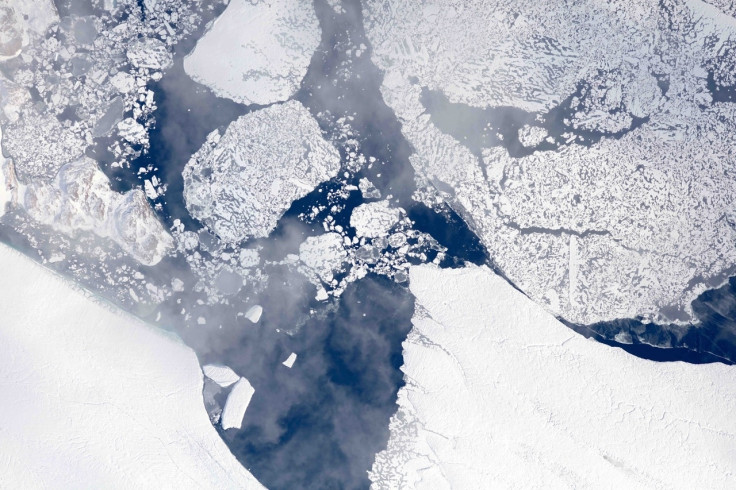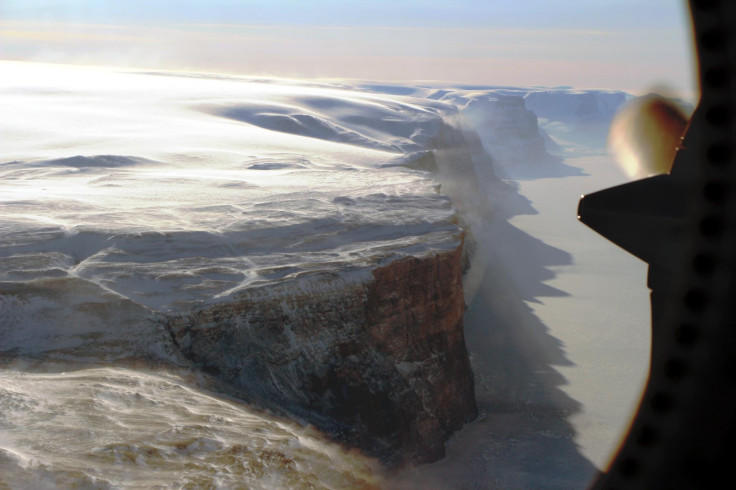Greenland's ice sheet faces danger of rapid melt
Going by the rate of melt of the last ice age, scientists predict that all of Greenland will fall into the sea rapidly.

Researchers have found that land ice melts at a faster rate than once believed and that it is possible that the whole of Greenland's ice sheet will melt away in about 500 years. Scientists say that if the rate of melt of the last ice age was mirrored today, all of Greenland's ice would fall into the sea rapidly, according to a study published in Science.
Scientists set out to study the effect and pace of ice melting at the end of Earth's last ice age - Pleistocene. During this time, there were large swathes of ice that covered a major portion of what is now the North American continent called the Cordilleran Ice Sheet. This sheet which was known to be similar in mass to present day Greenland, melted away and caused a global sea level rise of nearly 20 feet.
Scientists previously believed that western Canada had ice sheets till about 12,500 years ago, but the most recent data from the study has proved that there was little to no ice in the same region 1,500 years before it. This shows that large sheets of ice retreat and advance at a rapid pace, notes the report.
Scientists put together a timeline of Cordilleran's melting and formation using ice sheet models and geological evidence, running the data through Purdue University's Prime Lab which works on accelerator mass spectrometry. They then set about dating and mapping moraines – ridges of debris left behind as glaciers move toward the sea– in western Canada.
The simulation was done using beryllium-10, a rare isotope of beryllium that is used as a substitute for solar intensity. "We have one group of beryllium-10 measurements, which is 14,000 years old, and another group, which is 11,500 years old, and the difference in these ages is statistically significant," Marc Caffee, a professor of physics in Purdue's College of Science and director of Prime Lab. "The only way this would happen is if the ice in that area had completely gone away and then advanced," he added.
"Continental ice sheets don't disappear in a simple, monolithic way, it's an extremely complicated process. The more we know about the retreat of the Cordilleran Ice Sheet, the better we'll be able to predict what's to come for the Greenland ice sheet."

Sea levels that rose 20 feet as a result of the Cordilleran melt changed the way oceans worked, affecting ocean circulation and temperatures. Cold sea water is denser than warm water, so it sinks to the bottom, causing problems with the global conveyor belt in the ocean that monitors climate world over.






















